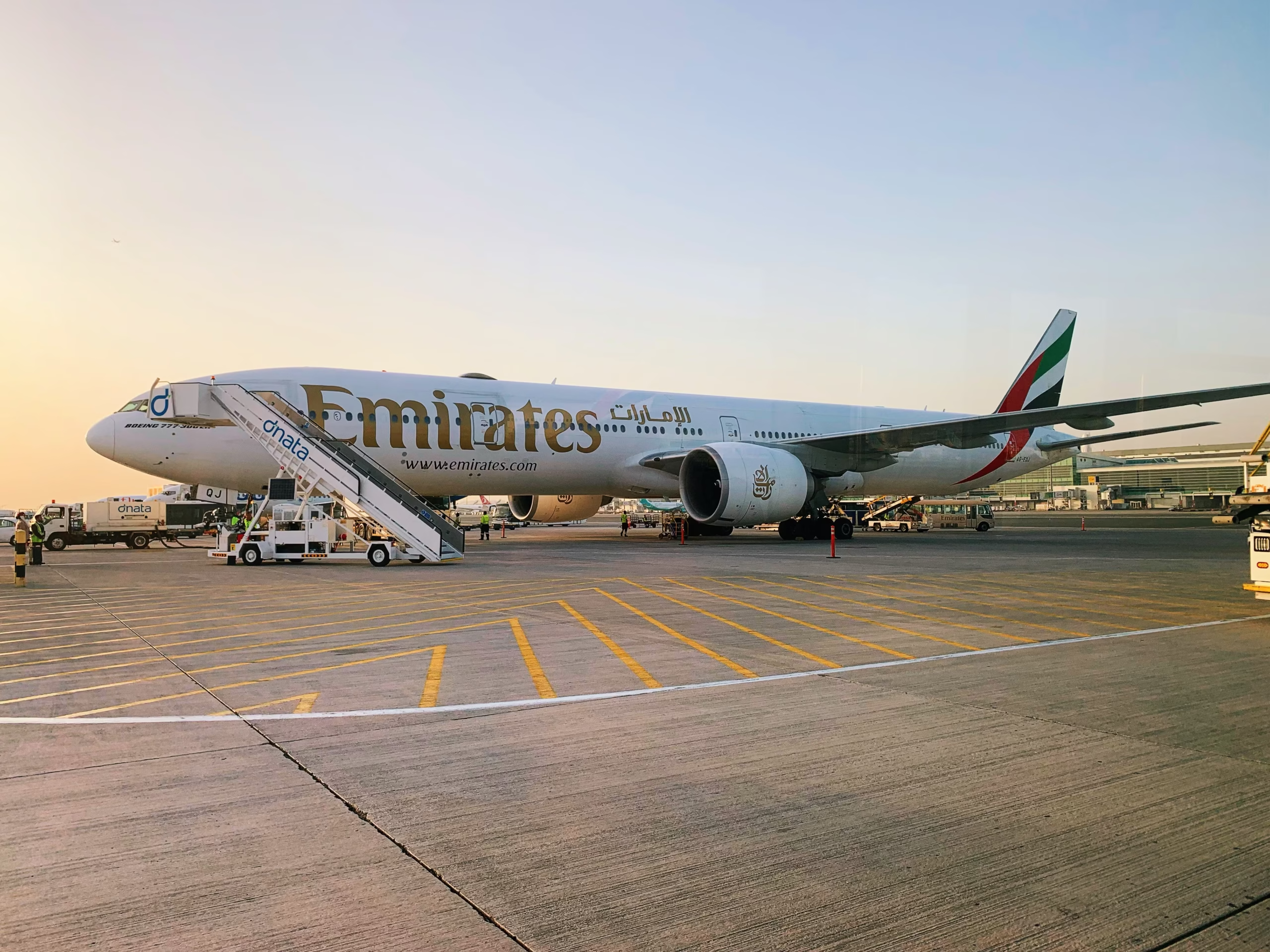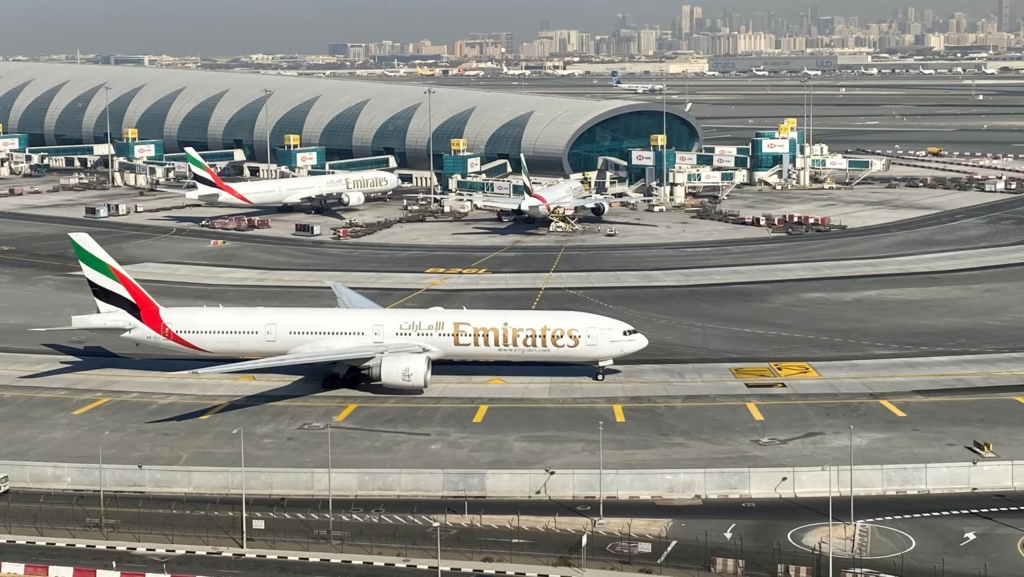The UAE-India flights corridor has shown remarkable resilience in the face of recent heavy rainfall across the United Arab Emirates. While torrential rains caused widespread disruptions in cities like Dubai and Abu Dhabi, air travel between the UAE and India remained largely unaffected. This article explores how airlines, airports, and authorities ensured seamless operations, offering travelers peace of mind during unpredictable weather.
Why UAE-India Flights Stayed on Track
The UAE-India flights route is one of the busiest in the world, with thousands of passengers traveling daily for business, tourism, and family visits. When heavy rains battered the UAE, many expected significant delays or cancellations. However, airlines and airport authorities were well-prepared, ensuring minimal impact on flight schedules.
- Advanced Weather Monitoring: Airports like Dubai International (DXB) and Abu Dhabi International (AUH) use cutting-edge weather forecasting systems to anticipate disruptions. This allowed them to adjust schedules proactively.
- Efficient Ground Operations: Despite flooding in some areas, ground crews worked tirelessly to maintain runway safety and manage aircraft turnaround times.
- Airline Coordination: Major carriers like Emirates, Etihad, Air India, and IndiGo collaborated closely with air traffic control to reroute flights when necessary, avoiding delays.
This proactive approach ensured that UAE-India flights continued to operate smoothly, even as other sectors faced challenges.

The Impact of Heavy Rains in the UAE
The UAE experienced unprecedented rainfall in April 2025, with some areas receiving a year’s worth of rain in just a few days. Dubai, in particular, saw flooded roads, disrupted public transport, and temporary closures of businesses. However, the aviation sector’s preparedness stood out as a beacon of efficiency.
Airports in the UAE are designed to handle extreme weather, with advanced drainage systems and robust infrastructure. For instance, Dubai International Airport, one of the world’s busiest, maintained operations even during peak rainfall. This resilience is critical for UAE-India flights, given the high volume of passengers traveling between the two nations.

How Airlines Kept Passengers Informed
Clear communication was key to managing passenger expectations during the heavy rains. Airlines operating UAE-India flights used multiple channels to keep travelers updated:
- Real-Time Notifications: Passengers received SMS and email alerts about flight statuses, ensuring they were aware of any minor delays or gate changes.
- Social Media Updates: Carriers like Emirates and Air India posted regular updates on platforms like X, reassuring passengers that UAE-India flights were on schedule.
- Customer Support: Dedicated helplines and airport staff assisted travelers, addressing concerns about connecting flights or rescheduling.
This transparency helped maintain trust and ensured that passengers could plan their journeys with confidence.
The Role of Airports in Maintaining Operations

Airports in the UAE played a pivotal role in keeping UAE-India flights operational. Both Dubai and Abu Dhabi airports implemented contingency plans to mitigate the effects of heavy rainfall:
- Runway Management: Regular inspections ensured runways remained safe for takeoffs and landings, even during heavy downpours.
- Passenger Facilities: Terminals were equipped to handle increased footfall, with extra staff deployed to manage check-in and security processes.
- Coordination with Airlines: Airports worked closely with carriers to prioritize UAE-India flights, given their economic and cultural significance.
These efforts ensured that travelers faced minimal inconvenience, even as the weather posed challenges elsewhere.
Passenger Experiences During the Rains
Despite the heavy rains, many passengers reported smooth travel experiences on UAE-India flights. For example, Priya Sharma, a frequent flyer from Mumbai to Dubai, shared her experience on X: “I was worried about my flight, but everything went smoothly. Kudos to Emirates for keeping things on track!”
Similarly, Dubai resident Anil Kumar, traveling to Delhi, noted that his Air India flight departed on time, with no disruptions. These anecdotes highlight the aviation sector’s ability to adapt to adverse conditions, ensuring that UAE-India flights remained a reliable lifeline for travelers.
The Economic Importance of UAE-India Flights
The UAE-India flights corridor is not just a travel route; it’s a vital economic link. The UAE is home to millions of Indian expatriates, and bilateral trade between the two nations is worth billions annually. Ensuring uninterrupted flights during the heavy rains was critical for:
- Business Continuity: Professionals traveling for meetings, conferences, and trade deals relied on timely flights to maintain schedules.
- Remittances and Family Connections: Indian workers in the UAE depend on regular flights to visit family or send remittances, supporting India’s economy.
- Tourism: The UAE and India are top tourist destinations for each other’s citizens, and uninterrupted flights ensured tourism activities continued.
By keeping UAE-India flights operational, airlines and airports supported the strong economic and cultural ties between the two nations.
How Technology Helped Mitigate Disruptions
Technology played a significant role in ensuring UAE-India flights faced minimal disruptions. Airlines and airports leveraged advanced systems to navigate the challenges posed by heavy rains:
- AI-Powered Scheduling: Artificial intelligence helped optimize flight schedules, predicting delays and suggesting alternative routes.
- Weather-Resistant Aircraft: Modern planes used on UAE-India flights are equipped to handle turbulent weather, ensuring safe operations.
- Digital Check-In: Online check-in and mobile boarding passes reduced congestion at airports, streamlining the passenger experience.
These technological advancements underscored the aviation industry’s commitment to resilience and efficiency.
Tips for Travelers During Heavy Rains

For those planning to travel on UAE-India flights during adverse weather, here are some practical tips to ensure a smooth journey:
- Check Flight Status: Monitor your flight’s status through airline apps or websites to stay updated on any changes.
- Arrive Early: Allow extra time for airport travel, as road conditions may be affected by heavy rains.
- Stay Connected: Follow airline updates on social media platforms like X for real-time information.
- Pack Smart: Carry essentials in your hand luggage in case of unexpected delays.
By planning ahead, travelers can minimize stress and enjoy a seamless experience on UAE-India flights.
Looking Ahead: Strengthening Resilience
The successful operation of UAE-India flights during heavy rains highlights the aviation sector’s ability to adapt to climate challenges. As extreme weather events become more frequent, airlines and airports are investing in:
- Sustainable Infrastructure: Upgrading drainage systems and runways to withstand heavy rainfall.
- Enhanced Forecasting: Improving weather prediction models to anticipate disruptions earlier.
- Passenger-Centric Services: Expanding digital tools to keep travelers informed and comfortable.
These initiatives will ensure that UAE-India flights remain a reliable link, no matter the weather.
Conclusion
The resilience of UAE-India flights during recent heavy rains is a testament to the UAE’s world-class aviation infrastructure and the dedication of airlines like Emirates, Etihad, Air India, and IndiGo. By leveraging technology, efficient operations, and clear communication, the aviation sector ensured that travelers could continue their journeys without significant disruptions. As the UAE and India continue to strengthen their economic and cultural ties, the uninterrupted operation of UAE-India flights serves as a powerful symbol of connectivity and resilience.
Read More: Dubai’s Robotics Technology Market Soars Toward $35 Billion














